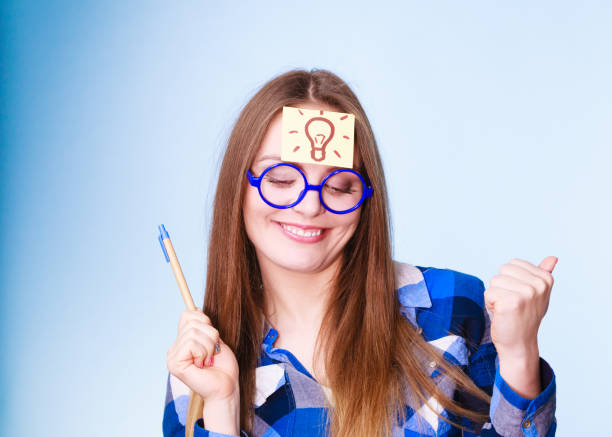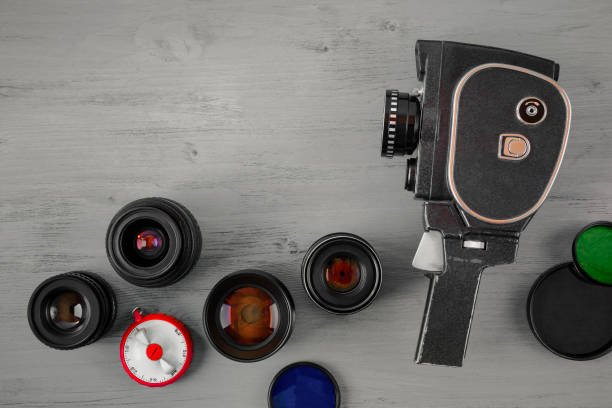Are you a people person? Portrait photography is the right choice for you if so. It is a great start to be able to connect with people and make them feel at ease.
What is Portrait Photography?
Portrait photography uses people as the main subject. These are not usually professional models.
The subject is conscious that they are being photographed. However, the photographer can control the lighting and direction of the scene.
What are the various types of Portrait Photography?
Portrait photographers may specialize in different areas. Here are some of the most popular.
-
Lifestyle Portraits
Lifestyle portrait photography features people doing everyday activities. The subject appears casual and unaware of the camera. This portrait is often used for stock photography.
-
Corporate Portraits
Business-oriented corporate portrait photography is available. These photos can be used in corporate magazines, internal communications, events, or on the company’s website.
-
Environmental Portraits
Photographs of environmental portraits are taken in the subject’s natural environment, not in a studio. The goal is to capture the subject’s personality using props and location. Photographing, for example, a chef in his kitchen.
-
Family Portraits
Family portrait photography focuses on emotions, love, and the relationship between family members. You can shoot the photo in your home, at your studio, or on location.
-
Wedding Photography
This is a type of photography. However, it is customary for the bride and groom to have their portraits taken separately as well as together. A wedding portrait photography session is often attended by close friends and family. The emotion of the wedding guests is captured in wedding photography.
Take a look at Shot kit to find great wedding photography tips. Click on the “photographers” link in the menu, then navigate to “wedding photography” to see talented photographers showing off their best portrait and wedding photography.
-
Children Portraits
Child portrait photography shoots, as the name suggests, are focused on children. Because the approach, skills, and gear required for this type of photography are different from those for adults, it’s an entirely separate branch.
-
Artistic Portraits
The broad category of artistic portrait photography can include conceptual, surreal, sublime, and extremely realistic portraits. It can be experimental or traditional. A portrait can be classified as an artwork if it is intended to be appreciated and observed. These portraits are often taken in black and white.
-
Group portraits
Any portrait that includes more people than two can be classified as a group portrait, regardless of whether it is a school class or a football team.
-
Self-Portrait
This is a photo that the photographer takes of himself/herself, as you can see from the name. Self-portraits are a great way to portray photography.
What makes for a great Portrait Photo?
This question doesn’t have a single answer. A good portrait can result from many things, which can be subjective.
A good portrait should communicate information about the subject and be technically correct.
What is the average salary of a Portrait Photographer?
It will depend on where you live and what type of portrait photography you do.
The Bureau of Labor Statistics estimates that portrait photography services cost $15.15 an hour. The average photographer makes between $30,000 and $40,000 annually, while 10% earn up to $70,000.
This is true even if you are a portrait photographer, but it can be different depending on where your photos are taken and how they are published.
Diversifying your portrait photography work can help increase your income. You could do family portraits all year.
This is an average income, and you could also aim for the stars. In 2018, Nova Scotia offered Annie Leibowitz $2 million to exhibit her work.
What are the requirements for portrait photography?
Portrait photography camera gear of Brett Ferguson
Although professional portrait photographers can use a smartphone to take a picture, they have access to a lot of equipment that allows them to produce high-quality images.
These are some guidelines to help you get started.
-
Camera
Portrait photography can be done with most cameras. You should be able to change the lens of your camera, so either a DSLR is best.
It doesn’t matter what camera you have. Master the settings. There is nothing worse than fumbling with buttons and dials during a portrait session. This can make the shoot look amateurish and disrupt the flow.
It is a comprehensive guide to the best cameras for portraits.
-
Lenses
Although it’s not a set rule, certain focal lengths are better for portrait photography than others.
You want to avoid distorting the subject’s face. Super wide-angle lenses may not be the best option.
A wide-angle lens is a great choice for children’s photography. It can enhance their big eyes and make them more adorable. However, it should be used with care.
It is best to avoid using anything smaller than 35mm when taking portraits. As it is closest to our world, a 50mm lens is ideal.
The 50mm prime lenses are also very affordable and have an aperture of f/1.4. They create nice bokeh.
You can also use a medium telephoto between 85mm and 105 mm. This will produce a flattering compression effect for facial features, which is essential for portrait photography.
You can blur the background if you use smaller apertures. You will need enough space in your studio or location to place them.
However, it can be less intimate and more difficult to establish rapport with your subject.
Check out our guide to the best portrait lenses.
-
Tripod
To preserve spontaneity, some photographers prefer to take photos handheld. If you choose to shoot handheld, ensure that your shutter speed is fast enough to prevent camera shake.
Portrait photography is easier with a tripod. You can zoom in with the viewfinder if you have a large aperture. This will ensure that your eyes are in focus.
It is disappointing to find out that your photos are blurred, and you have the focus on your nose.
You can also create the perfect composition and then leave it at that. Next, turn your gaze away from the viewfinder to create a connection between you and the subject.
A tripod is also useful for portrait photography in low-light conditions.
-
Reflectors
These are great for filling in shadows without adding extra light. These are great for softening light in strong sunlight.
Do reflectors need to be used for photography? Not in all situations, but a reflector is a great accessory to have.
You can choose from a variety of materials and colors depending on your needs. They are usually sold in sets of one each of the following colors: white, gold, and silver.
You can fold them and carry them easily. They are ideal for headshots and portraits. However, they will not work well if you have to do a full-body photograph.
-
Flashes
You can use on-camera flashes as fill lights. A ring flash, for example, will give the skin a smooth appearance and will reflect the eyes in a flattering manner.
You can also use other speed lights if you place a diffuser on them or a softbox. This will depend on whether you are using outdoor or indoor lighting and what you want.
-
Backdrops
A backdrop is an essential accessory for portraits taken in a studio. There are many options available, making it sometimes difficult to choose the right one.
It is important to think about color and material. You can choose from plain, unadorned paper to intricate patterns and scenes. It all depends on your personal style and the number of clients you have.
Also, consider the size of your backdrop. If you do portraits of families or groups, you will need a larger backdrop than you would for professional headshots.



